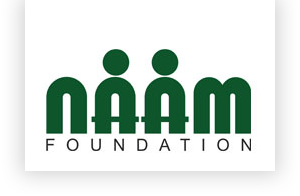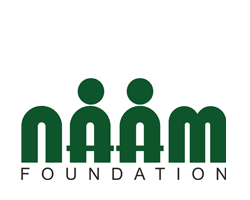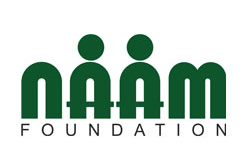Pandhari
The Village Pandhari is situated in Ashti tehsil of District Beed of the Marathwada region in Maharashtra. It is located in the catchment area of the Kadi river. During monsoon, the groundwater level was usually moderate, but the village faced a water scarcity problem during the summer season. Over the last 20 years, Water Table has gone down 2-3 meters every year.
The major part of the village area constitutes a sequence of basaltic lava flows (Deccan Trap) of the Upper Cretaceous to Lower Eocene age. The sediments of recent to quaternary age are reported along the river which is a tributary of the Talvar river now joining Devigavhan Talav (Reservoir) which is constructed on the downstream channel area of the river near Devigavhan village. The Deccan trap formation is very thick and comprises different horizontal lava flows. The compact basaltic lava flows and amygdaloidal basalt lava flows are the major lava flow unit observed in the village area.
The upper lava flows are mostly affected by the weathering process, sheet jointing, closely jointing and spheroidal weathering are the index features of upper lava flows. Along river channels, palaeo channels are observed in the Dugwell of the northern part of the village area.
Geo-Hydrological characteristics play an important role in the percolation of groundwater and its occurrence. The development of dendritic to sub-dendritic drainage in the area indicates the area of massive hard rock types and gently sloping terrain.
After the assessment, Naam Foundation suggested two solutions –
- Construction Of Recharge Pit in Main River
- Deepening of area: 8-10 mt width x 100 mt length x 2 mt deep.
- Taking a bore in the middle of the area of 100- 150 ft deep.
- Construction Of Recharge Pit in Channels Connecting Main River
- Deepening of the small round area around the bore well( 2m wide and 2-3 m depth ). Filling up that area with stones.
- Take a bore well (100-150 ft deep )in the middle.
- Covering the constructed area with a sheet
Key Impacts
- Around 50-100 hectares of the area came under cultivation
- No water scarcity during the summer season
(Table representing work done)
Get In Touch
If you wish to contribute to our journey, you can donate to our cause or join in our efforts by volunteering. If you wish to get in touch with us, please write to us at [email protected]


